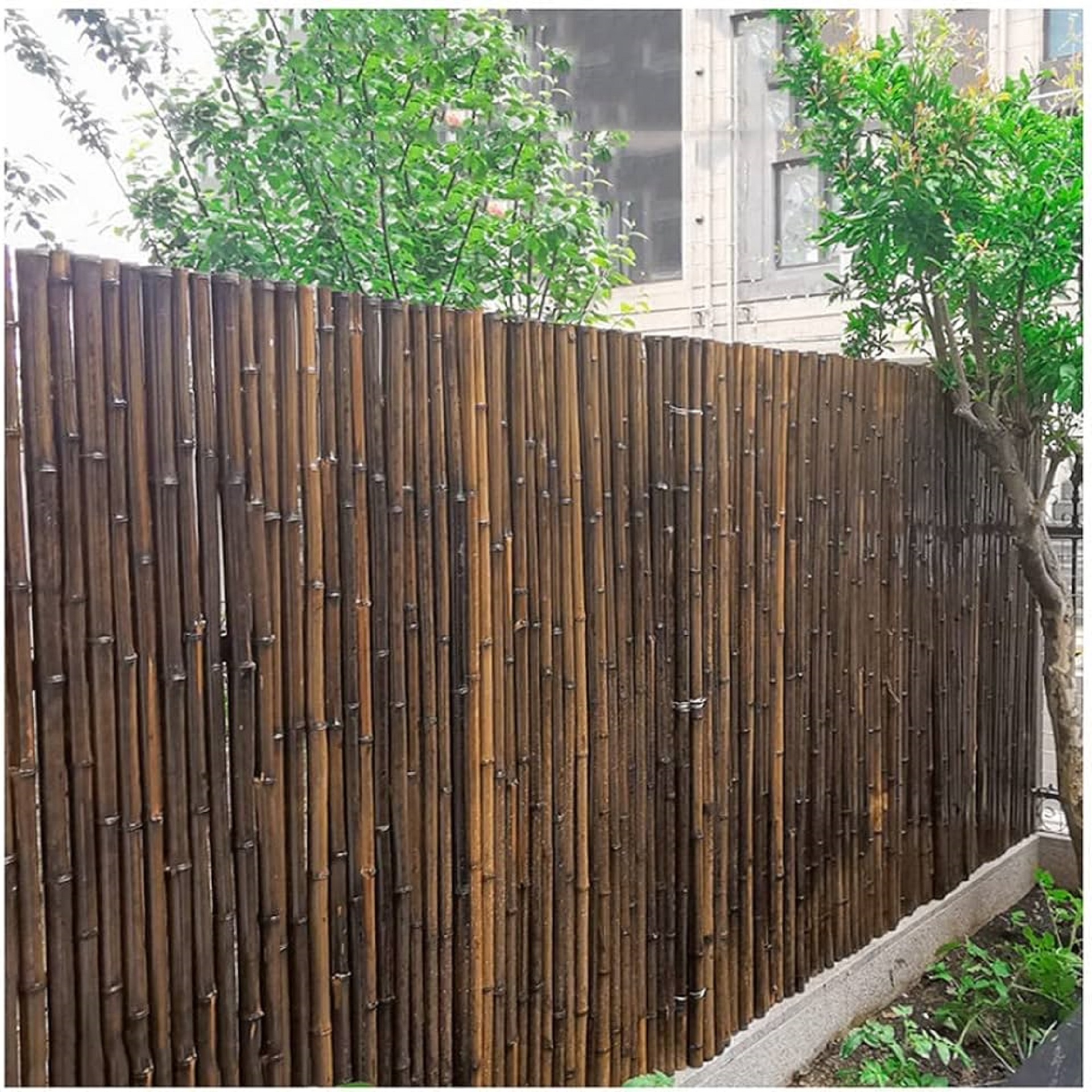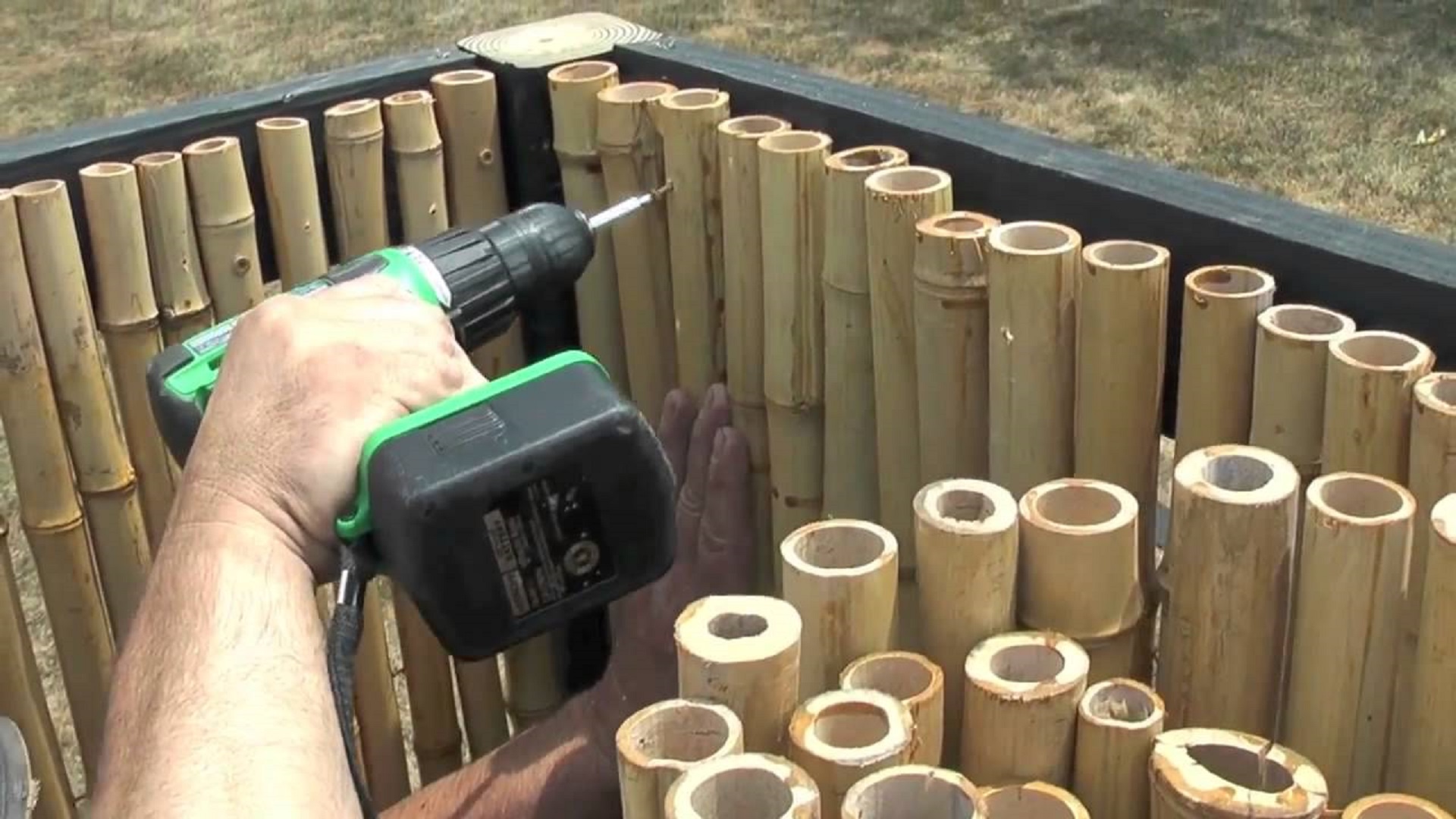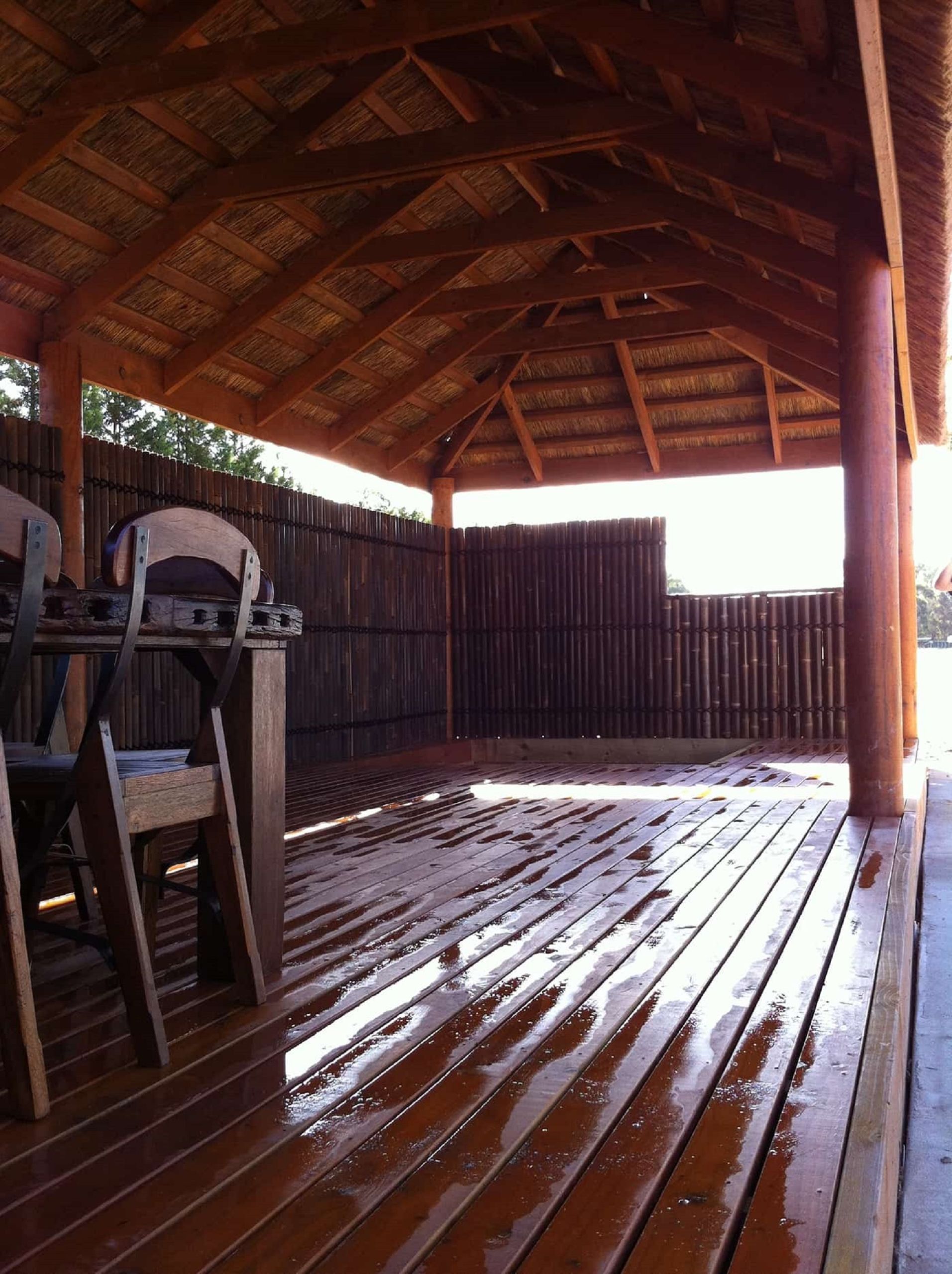Bamboo fences have become a favoured choice amongst Aussie households for their natural beauty, durability, and cost-effectiveness compared to traditional timber fences. With the popularity of eco-friendly and sustainable bamboo products, bamboo’s reputation as an environmentally responsible building material makes it especially attractive.
We will provide a comprehensive overview of bamboo fencing, looking at the pros and cons, step-by-step installation guide, and maintenance requirements. By the end, you will know if a bamboo fence is the right choice for your yard and how to install and care for it over the long term properly.
Whether you’re looking to replace an existing fence or considering options for a new boundary, read about crafting an eco-friendly and durable bamboo fence that will enhance your property’s aesthetic.
Pros and Cons of Bamboo Fencing
When weighing up whether bamboo is the right fencing option for your property, it’s essential to consider both the benefits and potential drawbacks compared to traditional timber fencing:
Pros:
- Cost Effective: Bamboo fencing is generally cheaper per metre than comparable timber products. The ease of growing bamboo makes it very cost-effective.
- Durable: Properly treated and maintained bamboo can outlast timber fences exposed to the Aussie weather. It stands up well against moisture, heat, and UV rays.
- Strength: Bamboo possesses remarkable strength for its weight and density. It’s much stronger than timber varieties like cedar or treated pine.
- Termite Resistant: Destructive termites are less likely to infest bamboo compared to susceptible timbers. This prevents costly termite damage.
 Cons:
Cons:
- Privacy: Bamboo fences allow more visibility compared to solid timber designs. For complete privacy, additional screening may be required.
- Maintenance: Although durable, bamboo needs resealing every year or two to maintain its colour and prevent drying out.
- Weathering: The colour of unfinished bamboo will naturally fade and weather over time with sun exposure. Regular staining is required to prevent this.
- Wind: In regions with strong winds, the lightweight nature of bamboo can harm fencing. Extra support may be needed to reinforce it.
Preparing for Installation
Proper planning and preparation will ensure your bamboo fence is installed efficiently and according to local council regulations.
Planning
- Measure your property boundary and mark the planned fence line using stakes and string.
- Check your local council’s fencing regulations on height allowances and boundaries to determine if you need a permit based on your planned design.
- Decide if you’ll install the fence or hire a professional fencing contractor. DIY is cheaper but more labour-intensive.
Materials
- Purchase bamboo fencing in readymade panels or rolls, galvanised steel or hardwood posts and hardware. Choose a style suited to your property.
- You’ll need crushed rock or gravel, a post hole shovel, a sledgehammer, a spirit level and a tamping tool for setting posts.
- For installing the fencing, have galvanised screws or nails, cordless drill, circular saw, laser level, and bamboo sealant on hand.
 Tips
Tips
- Save money by doing the easier, flatter stretches and paying a pro for trickier terrain.
- Plan any gates and measure for size. Purchase gates before installing the fence.
- Have all materials delivered before starting to avoid delays?
Step-by-Step Installation Guide
Installing bamboo fencing yourself is a rewarding DIY project with careful planning and preparation. Follow these steps:
Setting the Posts
- Use a manual or petrol-powered post-hole digger to dig holes around 200 300 mm wide and 1/3 the height of your planned fence.
- Position the posts in the holes, spacing them according to your preferred fence style and bamboo product. Use a spirit level to ensure posts are perfectly plumb.
- Fill the holes around posts with crushed rock or gravel to allow drainage, tamping the aggregate firmly with a tamping rod. Recheck level.
Mounting the Bamboo
- For pre-made bamboo panels, lift them into position between posts. Drill pilot holes, then screw panels into posts using galvanised or stainless steel screws.
- Measure and cut sections to length with a circular saw for bamboo rolls. Use screws or galvanised nails to fix the rolls to the posts firmly.
- For a professional finish, ensure screws/nails are countersunk and fill overheads with suitable wood filler.
 Finishing Touches
Finishing Touches
- Neatly trim any excess or overhanging bamboo with a saw or sharp knife.
- Secure decorative caps on top of posts for an aesthetic finish.
- If installing a gate, mount hinges and latch hardware according to the manufacturer’s instructions.
- Seal all cut ends of bamboo canes using a clear sealant product to prevent splitting.
- Add decorative touches like integrated lighting or planter boxes to complement the new fence.
Maintaining Your Bamboo Fence
Properly considering your bamboo fence is crucial to preserve its strength, appearance and longevity in Australia’s harsh climate. Follow this maintenance advice:
Importance of Regular Checks and Care
- Monthly inspections and proactive care keep bamboo fencing in top condition. Preventative maintenance is much easier than repairing damage later.
Inspect and Repair
- Check for cracks, decaying canes or fungus, particularly at ground level, where moisture damage is most likely.
- Ensure the base of the fence is not touching the soil and has at least 100mm clearance. Replace any termites or rotting sections promptly.
- Inspect metal fence hardware and replace any corroded or damaged components with galvanised parts to prevent future failure.
Cleaning the Fence
- Annually, remove built-up debris, dirt and mould from the bamboo using a pressure washer on a low setting. Allow the fence to dry before sealing or staining completely.
Sealing and Protection
- Apply a thin bamboo sealant coat yearly before summer to protect the canes from drying winds and moisture damage. Reapply a second coat 24 hours after the first.
- Lightly sand any rough patches on canes to keep the surface smooth and prevent splintering. Replace any split bamboo pieces.
 Ongoing Care
Ongoing Care
- Trim back nearby trees or vegetation touching the fence to prevent damage.
- Ensure drainage at the fence perimeter so water doesn’t pool at the base.
- Re-stain the bamboo every 2-3 years to maintain colour and appearance.
Bamboo Fencing: A Sustainable, Stylish Choice for Your Home
With proper installation and periodic maintenance, a bamboo fence can provide a beautiful, economical and durable backyard addition to your property. This sustainable fencing material offers many benefits – elegance, strength, affordability and longevity – as long as homeowners commit to regular upkeep.
If you’re considering installing a bamboo fence to enhance your outdoor space, the team at Aarons Outdoor can help bring your vision to life. They offer an extensive range of quality bamboo fencing at four heights, with optional balustrading. With many options to suit any backyard size or style, you can find the perfect bamboo fencing solution with Aarons’ expertise.
Choose bamboo fencing for a beautiful, eco-friendly boundary that will last years—partner with Aarons Outdoor to make your dream outdoor retreat a reality.
 Cons:
Cons: Tips
Tips Finishing Touches
Finishing Touches Ongoing Care
Ongoing Care




